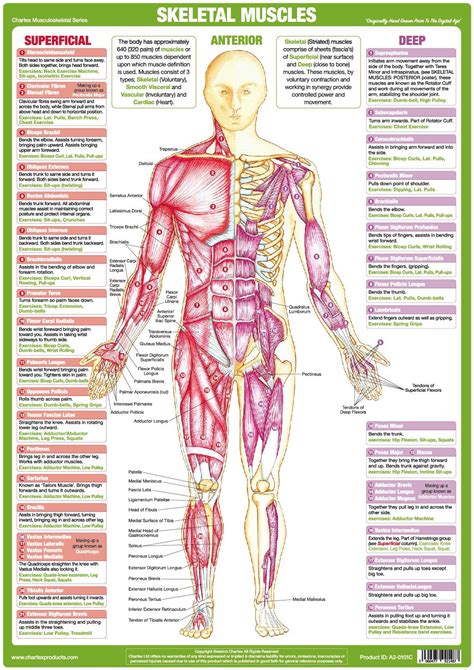Unlock peak hypertrophy: What’s the optimal progressive overload strategy?

For anyone serious about building significant muscle mass – achieving peak hypertrophy – the concept of progressive overload is not just important; it’s non-negotiable. Without consistently demanding more from your muscles, they have no reason to adapt and grow. But with numerous ways to apply this principle, what truly is the optimal strategy for maximizing muscle gains?
Understanding Progressive Overload: The Growth Imperative
At its core, progressive overload is the gradual increase in stress placed on the musculoskeletal system during training. Your body is an incredibly adaptive machine; once it’s accustomed to a certain stimulus, that stimulus no longer triggers significant adaptation. To keep growing, you must continually provide a new, greater challenge. This constant pursuit of improvement is what forces your muscles to get bigger and stronger.
It’s not just about lifting heavier weights, although that’s a significant part of it. Progressive overload encompasses various methods, all designed to make your workouts incrementally harder over time.

Key Methods of Progressive Overload for Hypertrophy
While the goal is always to increase demand, the ways to achieve this are diverse. An optimal strategy often involves intelligently combining and cycling through these methods:
- Increasing the Weight (Load): This is the most straightforward and often most effective method. If you can lift more weight for the same number of reps, you’ve overloaded.
- Increasing Repetitions: If you can perform more reps with the same weight, you’re doing more work and stimulating further growth, especially within the 6-15 rep range ideal for hypertrophy.
- Increasing Sets: Adding an extra set to an exercise can increase total training volume, leading to greater muscle stimulation.
- Decreasing Rest Intervals: Performing the same amount of work in less time increases training density and can create a more challenging stimulus, boosting metabolic stress.
- Improving Exercise Form or Range of Motion (ROM): Performing an exercise with stricter form, a fuller range of motion, or controlling the eccentric (lowering) phase more effectively makes the movement harder and more effective.
- Increasing Training Frequency: Training a muscle group more often throughout the week, as long as recovery is adequate, can lead to increased weekly volume and better adaptations.
- Increasing Time Under Tension (TUT): Slower, more controlled repetitions, especially during the eccentric phase, keep the muscle working harder for longer, enhancing the hypertrophic stimulus.

Crafting Your Optimal Hypertrophy Strategy
For peak hypertrophy, the ‘optimal’ strategy isn’t a single, fixed approach but rather a dynamic, periodized plan that prioritizes the most potent stimuli while integrating variety to prevent plateaus and minimize injury risk.
Prioritize Load and Reps
Initially, focus on progressively increasing the weight lifted while staying within the optimal hypertrophy rep range (generally 6-15 reps). Once you hit the upper end of your target rep range with good form for a given weight, it’s time to increase the load. This direct increase in mechanical tension is arguably the most powerful driver of muscle growth.
Strategic Volume Manipulation
As you progress, simply adding more weight every week becomes unsustainable. This is where strategic volume manipulation comes in. If you can’t add weight, try to add an extra rep or two to your sets. If you max out reps, consider adding another set for a few weeks. This increase in total work (volume) also contributes significantly to hypertrophy.

Incorporating Other Methods Periodically
The other methods – decreasing rest, improving form, increasing TUT – are excellent tools to employ when direct increases in weight or reps stall, or when you want to introduce a different type of stimulus to shock your muscles. For example, a training block focusing on stricter form and slower eccentrics can be highly beneficial after a period of heavy lifting, potentially improving muscle activation and reducing joint stress.
The Role of Periodization
An truly optimal strategy incorporates periodization – the systematic planning of training to maximize performance and minimize overtraining. For hypertrophy, this often means cycling through different phases:
- Accumulation Phases: Focus on higher volume with moderate loads.
- Intensification Phases: Focus on higher loads with slightly lower reps.
- Deload Phases: A period of reduced intensity and/or volume to allow for recovery and resensitization to training.
This structured approach ensures you’re continually applying fresh stress, allowing for recovery, and avoiding plateaus that occur when the body fully adapts to a single type of stimulus.

Practical Application & Consistency
Implementing progressive overload requires meticulous tracking. Keep a detailed workout journal, noting the exercises, weights, sets, and reps performed. This allows you to objectively measure progress and ensure you are indeed overloading. Listen to your body, prioritize recovery through adequate sleep and nutrition, and don’t be afraid to adjust your plan based on how you feel and perform.
The most important aspect of any progressive overload strategy is consistency. It’s not about making huge jumps every week but about making small, sustainable improvements over months and years. These micro-improvements accumulate into significant muscle gains over time.

Conclusion
The optimal progressive overload strategy for peak hypertrophy is not a one-size-fits-all solution but a dynamic, intelligent, and consistent application of increasing demands on your muscles. Prioritize progressive increases in weight and reps, strategically manipulate training volume, and periodize your training to incorporate various overload methods. Track your progress diligently, listen to your body, and commit to the long game. By doing so, you’ll ensure your muscles are always challenged, always adapting, and always growing towards their maximum potential.









